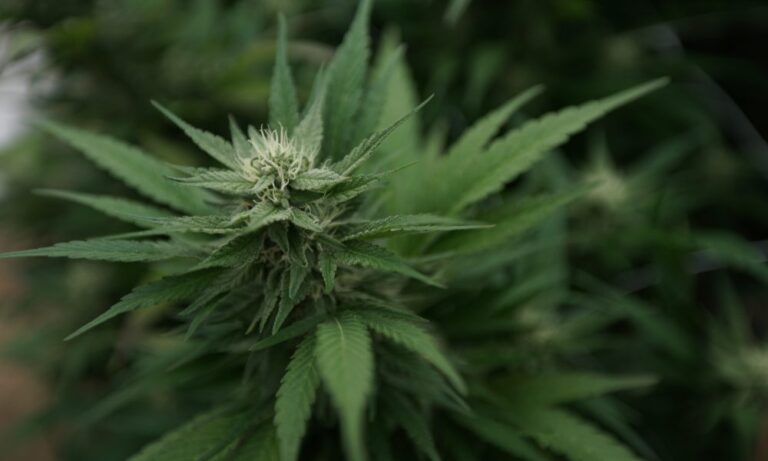A federal conservation agency says that the steep costs associated with marijuana business licensing in California are contributing to illegal grow sites, where unauthorized chemicals are being used, thus endangering species of spotted owls.
In a notice published in the Federal Register on Thursday, the Fish and Wildlife Services (FWS) said it is proposing to list two population segments of spotted owls under the Endangered Species Act. Part of the problem, FWS says, is the use of prohibited toxic rodenticides in illicit cannabis grows.
While licensed marijuana cultivators are regulated in a way that penalizes the use of certain anticoagulant rodenticides, the chemicals are making it into the food supply via illicit grows that remain prevalent throughout the state, despite efforts by officials to stamp them out through increased enforcement.
Rats that ingest the rodenticide can later be eaten by owls and other wildlife, which can then die from the toxic exposure.
“A comparison of marijuana cultivation site likelihood with northern spotted owl suitable habitat found almost 50 percent overlap between the two,” the notice says. “Although the number of illegal marijuana growing operations within the California spotted owl’s range is unknown, considering the number of illegal marijuana growing operations found throughout the State, there are likely thousands within the California spotted owl’s range.”
Notably, FWS, which is part of the Interior Department, said that it believes the high cost of becoming a licensed cultivator in the state is part of the reason that illegal growers continue to proliferate.
“There will likely continue to be an increase in demand for marijuana, which may increase illegal grow sites using anticoagulant rodenticides in California if the costs of buying land and acquiring/maintaining permits to legalize a grow operation are too high,” the agency said.
Other non-cannabis factors that led to the recommendation to list the spotted owl population segments as endangered and threatened include diseases and parasites linked to climate change and human population grow encroaching on the owls’ habitats.
The cost of becoming a licensed cannabis business in the state is one factor explaining the presence of illegal grow sites, but another issue that California regulators have identified is the fact that much of the state’s jurisdictions prohibit such businesses from operating in their areas, fueling demand for illicit products since regulated items are costly and out of reach for many consumers.
To that end, officials announced last week that the state is launching a first-of-its-kind grant program to support cities and counties in establishing local cannabis business licensing programs to address unmet consumer demand and help curb the illicit market.
The Department of Cannabis Control’s (DCC) Local Jurisdiction Retail Access Grant will provide $20 million in funding to localities across the state, prioritizing those where surveys show a disconnect between the availability of licensed retailers and rates of cannabis use among adults.
Also, last year, lawmakers passed and the governor signed a bill aimed at combatting the illicit market by reducing legal growers’ costs through the elimination of the state’s cannabis cultivation tax.
California Department of Fish and Wildlife’s (CDFW) in 2021 opened applications for proposals for a Cannabis Restoration Grant Program aimed at helping small marijuana cultivators with environmental clean-up and restoration efforts.
Last year, a pair of GOP congressmen asked key cabinet officials in the Biden administration to study the environmental impacts of marijuana cultivation—acknowledging both the intensive electrical demand that growing cannabis can involve as well as the role that legalization can play in setting regulations for the plant.
